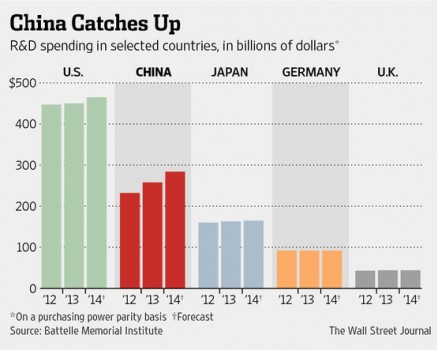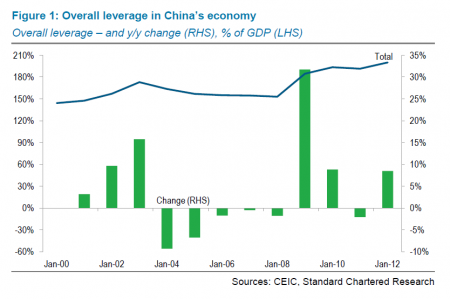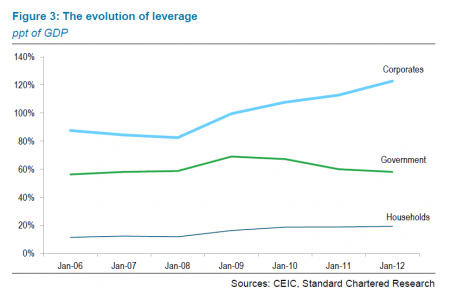Home » China
Category Archives: China
R&D and a hint of China’s future global brand
According to a study released in December by U.S.-based Battelle Memorial Institute, R&D spending in China will likely reach $284 billion this year, up 22% from 2012. That compares with just 4% growth forecast in the U.S. to $465 billion for the same period. It forecasts China will surpass Europe in terms of R&D spending by 2018 and exceed the U.S. by 2022.
According to WSJ, three Chinese companies are likely to emerge as China’s innovation leaders. They are Huawei, Lenovo and Tencent.
At Shenzhen-based Huawei Technologies Co., the world’s second-largest telecommunications-equipment supplier by revenue after Sweden’s Ericsson, annual R&D expenditures rose fourteenfold in a decade to $5.46 billion in 2013 from $389 million in 2003.
Personal-computer maker Lenovo Group Ltd., which last year overtook Hewlett-Packard Co. as the world’s largest PC maker by units sold, is setting a new precedent with its aggressive global expansion in smartphones.
Tencent Holdings Ltd., owns the WeChat smartphone application. Launched in late 2010, WeChat dominates China’s mobile messaging market and the majority of the app’s 272 million monthly active users are in China. But last year, it spent $200 million on overseas ad campaigns to push WeChat into many markets including India, South Africa, Spain and Italy. Tencent says the app has more than 100 million downloads abroad. WeChat was ahead of competitors in offering an easy-to-use feature for sending recorded voice messages and it is challenging the dominance of Silicon Valley’s WhatsApp, which has more than 300 million monthly active users globally.
Tencent’s share price nearly doubled last year and its market capitalization of $123 billion isn’t far from Facebook Inc.’s $139 billion market value.
China’s debt boom will have consequence
China’s policy makers are facing a real challenge to deal with the fast and furious debt buidup. The comparison below is alarming.
(graph courtesy of WSJ)
Now, it looks as if China’s stimulus plan enacted during 2008-09 period may have just postponed the crisis, not killed it. As we say, there is no free lunch.
A recent report from Goldman Sachs shows that most debt, more than 70%, is concentrated in the corporate sector. My hunch is that most of the leverage in the corporates came from large state-owned enterprises (SOEs), or investment vehicles created by local governments, the so-called LGFVs. See the chart below (courteys of GS).
Will richer Chinese want to get freer?
60 minutues interview with Chinese billionaire Zhang Xin.
I tend to think economic freedom is a necessary condition for political freedom, but not a sufficient condition. On this, I agree with Milton Friedman.
The corollary of above statement is poor countries can’t really have robust democracy. Just look at India.
China is leveraging up
While the rest of the world is going through a deleveraging process, China has been leveraging up. Its economy is getting bubbly.
According to research by Standard Chartered Bank, China’s overall leverage ratio (the sum of the leverage of government, corporate and household) now reached 210% of GDP, rising from a rather high level 150% of GDP in early 2000s.
Dividing the overall leverage ratio in into three sub-components, we see the biggest increase came from the corporate sector: the ratio in that sector has increased from 80% of GDP at the beginning of the Great Recession to around 130% of GDP today.
Most of the leveraged-up corporations are SOEs. They are the natural candidates to respond quickly to government’s call for stimulus spending in the aftermath of the financial crisis during 2007-2009.
Besides SOEs, local governments also created all sorts of firms outside of government’s (and bank’s) balance sheet, the so-called local-government-investment-vehicles, or LGIVs. This is Chinese version of shadow banking system. My sense is that they have contributed a great deal to China’s housing bubble.
fools, and greater fools
’60 minutes’ investigates the recent development of Chinese housing bubble in the following video.
Following my previous posts (here, here, here, here and here) on China’s housing bubble, I am now re-organizing my thoughts, and starting to work out a formal economic analysis on China’s housing bubble.
Specifically, I will address the question if the current housing price in China can be justified by the story of China’s fast economic growth coupled with her fast industrialization and urbanization. My initial analysis clearly says no. I call this a ‘fools-and-greater-fools’ theory. In history, great bubbles always came with even greater stories. China is no exception.
Will keep you guys posted.
How China sees America?
In the following video, Andrew Nathan talks about his new article (with the same subject title), which is about to appear on the next issue of Foreign Affairs.
Does China do capitalism better than America?
An interesting debate.
Debater: Orville Schell, Peter Schiff vs. Ian Bremmer, Minxin Pei.
Jim O’Neill interview with Charlie Rose
Jim O’Neill, Chairman of Goldman Sachs Asset Management, or GSAM, talks with Charlie Rose about the emerging markets, especially China, European debt crisis and the future of European Union, the prospect of US recovery, and how to think about China’s economic model and today’s Chinese Communist Party. A very interesting interview.








